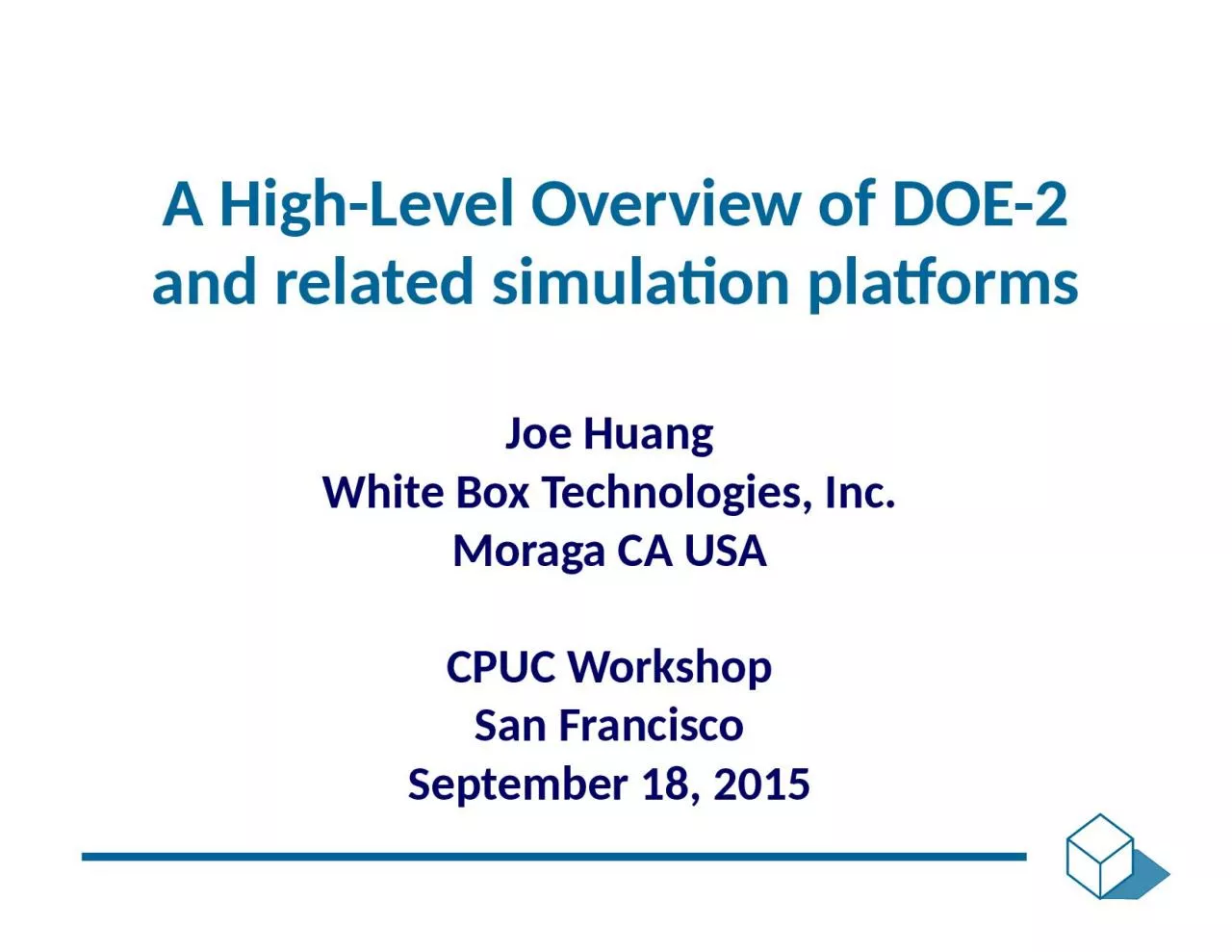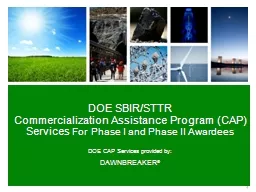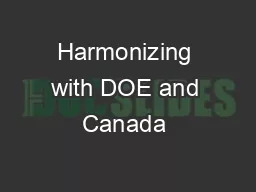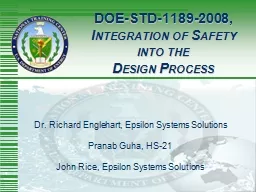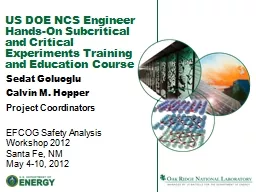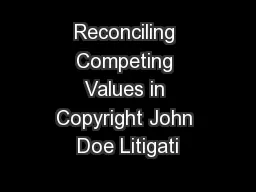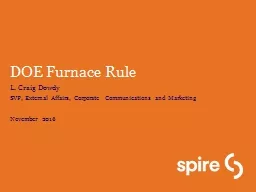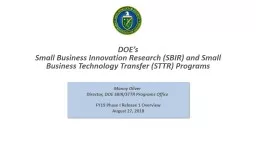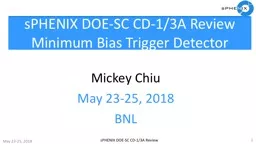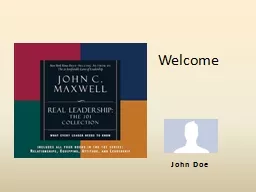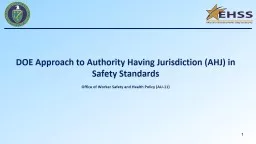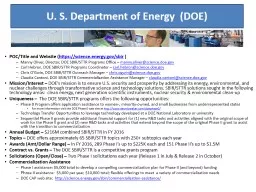PPT-A High-Level Overview of DOE-2 and related simulation platforms
Author : stella | Published Date : 2024-02-09
Joe Huang White Box Technologies Inc Moraga CA USA CPUC Workshop San Francisco September 18 2015 Contents of talk Personal background How are the tools currently
Presentation Embed Code
Download Presentation
Download Presentation The PPT/PDF document "A High-Level Overview of DOE-2 and relat..." is the property of its rightful owner. Permission is granted to download and print the materials on this website for personal, non-commercial use only, and to display it on your personal computer provided you do not modify the materials and that you retain all copyright notices contained in the materials. By downloading content from our website, you accept the terms of this agreement.
A High-Level Overview of DOE-2 and related simulation platforms: Transcript
Download Rules Of Document
"A High-Level Overview of DOE-2 and related simulation platforms"The content belongs to its owner. You may download and print it for personal use, without modification, and keep all copyright notices. By downloading, you agree to these terms.
Related Documents

